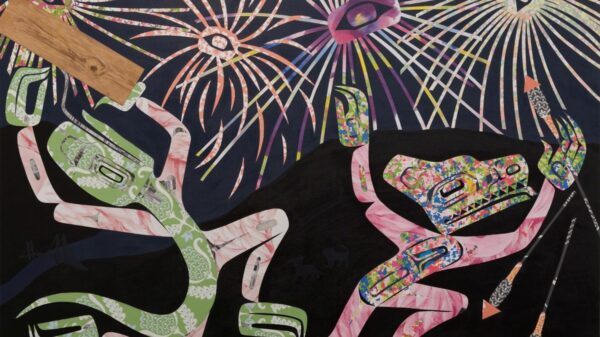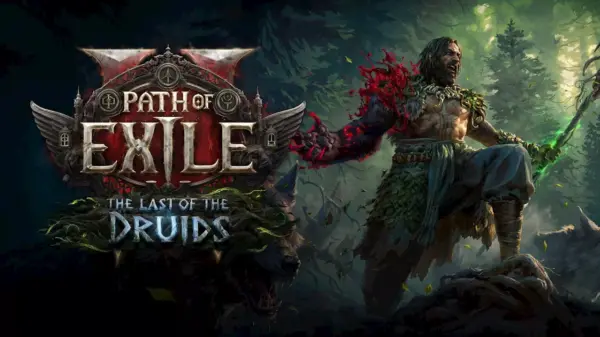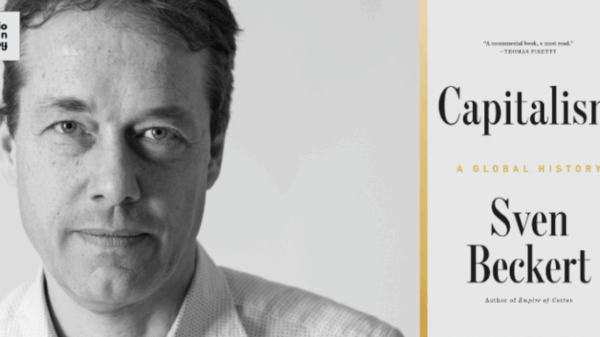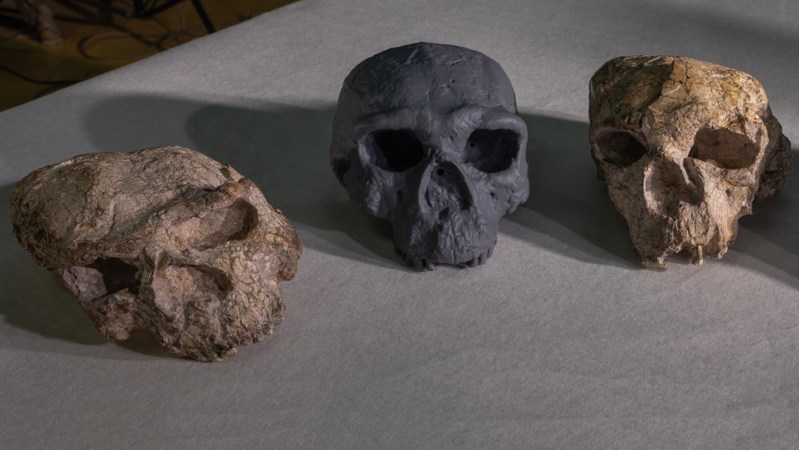A remarkable discovery in China has the potential to reshape our understanding of human evolution. The Yunxian 2 skull, estimated to be around 1 million years old, has been identified as belonging to an early member of an Asian hominid lineage that led to the now-extinct species known as Homo longi. This finding, detailed in the journal Science on September 25, 2023, marks a significant advancement in paleoanthropological research.
The reconstructed skull, which was previously thought to be difficult to classify due to its unique features, has been digitally analyzed. According to Xiaobo Feng, a paleoanthropologist at Shanxi University in Taiyuan, the new reconstruction corrects features that were distorted during burial. This research provides a fresh perspective on a complex array of Middle Pleistocene hominid fossils, which date from approximately 789,000 to 130,000 years ago.
The implications of these findings are profound. Feng and his team suggest that an ancient lineage of hominids that directly connects to Homo sapiens may have had a closer evolutionary relationship with H. longi and its ancestors than with Neandertals. This indicates a possible reevaluation of the relationships among these ancient species, particularly in how they relate to the Denisovans, who are now viewed as closer relatives to modern humans than to Neandertals.
Despite this groundbreaking research, the complexity of human evolution remains a puzzle. Sheela Athreya, a paleoanthropologist at Texas A&M University, points out that while the corrected version of the Yunxian 2 skull is exciting, the evolution during the Middle Pleistocene is still shrouded in mystery. “Yunxian 2 and other Homo fossils exhibit a variety of skeletal traits that cannot be easily categorized into distinct lineages,” Athreya noted.
The Yunxian site, located on a riverbank in central China, has yielded significant finds. Excavations commenced in 1989, leading to the discovery of the badly crushed Yunxian 1 skull. This initial find was difficult to reconstruct, but further digs uncovered the Yunxian 2 skull in 1990 and another specimen, Yunxian 3, in 2022. The age estimates for these skulls were made possible by analyzing geological layers and the bones of extinct animals found nearby.
Researchers have refrained from definitively classifying the Yunxian 2 skull as belonging to H. longi or any other Homo species due to its unusual combination of skeletal features. The skull possesses a long, low braincase, accommodating a relatively large brain, while features such as narrowly spaced eye sockets and a wide nasal opening suggest connections to H. longi.
To determine the lineage of Yunxian 2, Feng’s team conducted a comprehensive analysis, sorting it alongside 104 other hominid skull and jaw specimens from Africa, Asia, and Europe. Utilizing computer-generated evolutionary trees, the researchers were able to trace the ancestry of H. longi, H. sapiens, and Neandertals, revealing that their common ancestor emerged approximately 1.32 million years ago. This timeline aligns with recent DNA studies indicating a split between two ancestral populations of modern humans around 1.5 million years ago.
The findings further suggest that European fossils, previously classified by some researchers as Homo antecessor and dated between 900,000 and 800,000 years ago, might also belong to the H. longi lineage. Additionally, Feng’s team estimates that the first members of the Neandertal lineage appeared approximately 1.38 million years ago. If accurate, this would mean that H. sapiens has closer evolutionary ties to the ancestors of H. longi than to those of Neandertals.
As the Yunxian 2 skull provides a unique insight into the anatomy of early hominids shortly after the origins of both the H. longi and H. sapiens lineages, it may represent a critical window into the evolutionary processes that shaped our genus. Chris Stringer, a paleoanthropologist and co-author of the study at the Natural History Museum in London, emphasizes the significance of this discovery, stating that it could illuminate the complexities of human ancestry in unprecedented ways.
These revelations signify not only a step forward in understanding our evolutionary past but also highlight the ongoing challenges in deciphering the intricate relationships among our ancient relatives. As researchers continue to explore the depths of human history, the Yunxian 2 skull stands as a testament to the enduring quest for knowledge about our origins.






































































